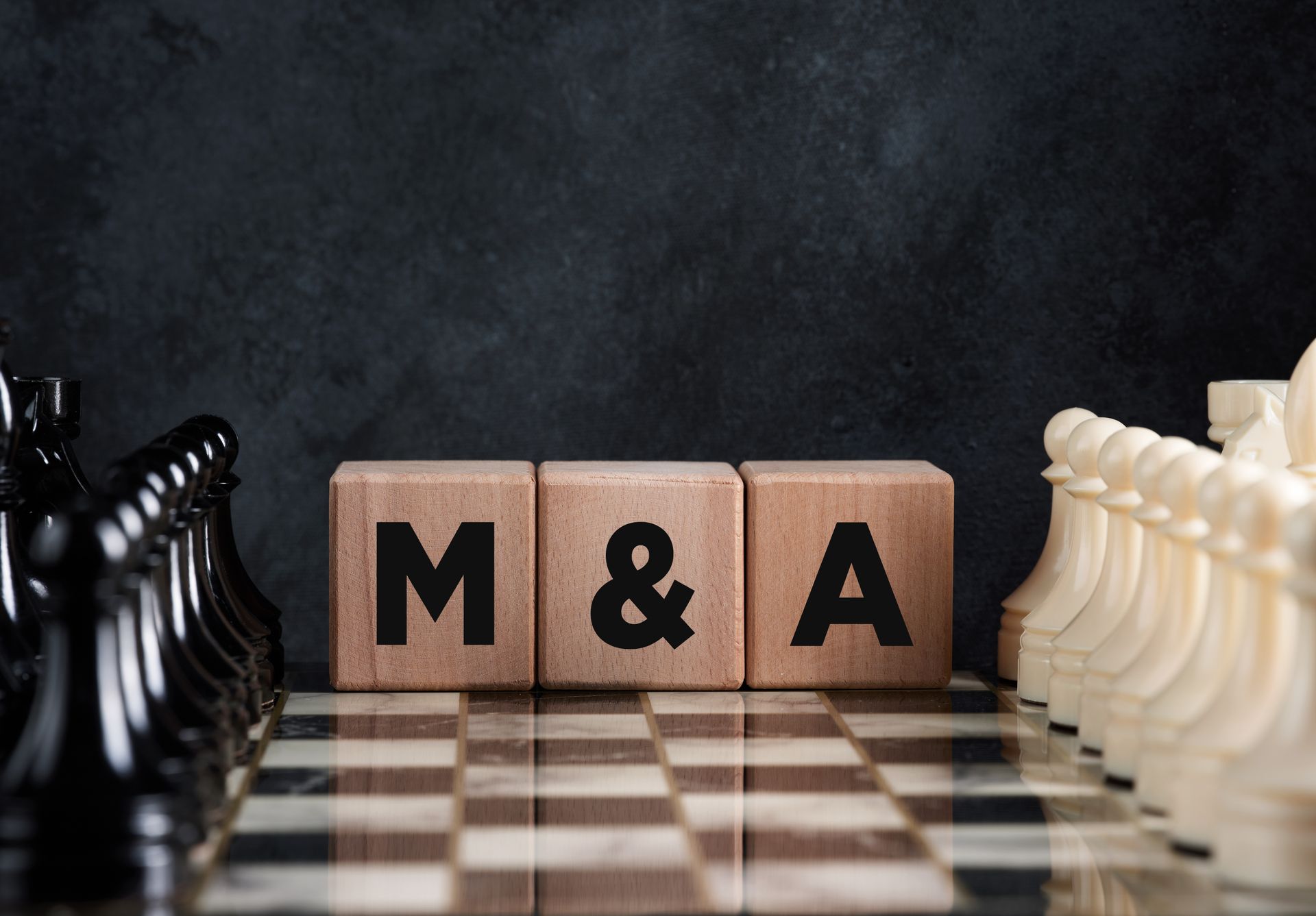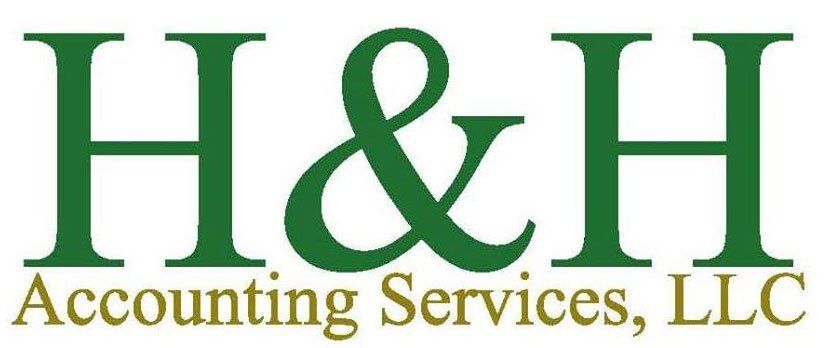Accounting for Mergers and Acquisitions

The difficulty of mergers and acquisitions (M&A) can vary depending on the complexity of the businesses involved, but even the simplest integrations require the completion of an array of accounting and business modification tasks. The outcome of these processes can affect the business’s financial performance, operational strategy and the future outlook of the combined entity after merger completion. Thoughtfully approaching each part of the process is vital for a successful end result.
Accounting Tasks Involved in M&A
Due Diligence
Maybe the most important of all the steps is the preliminary step: due diligence. This involves conducting a thorough financial, legal and operational analysis of the business being merged with or acquired. Nearly every M&A entails some possible risks and liabilities, as well as the potential for valuable synergies. These can affect the value of the combined business as well as the success of the integration process itself.
Purchase Price Allocation (PPA)
A key step in M&A is assigning a value to the company being merged with or acquired. Determining and assigning a fair value of assets and liabilities at the acquisition date will be necessary for a fair and equitable process. Purchase price is typically determined based on the fair value of assets and liabilities, with the excess value being recorded as goodwill. PPA will influence depreciation and amortization in the future and can have an impact on financial statements for many future years.
Valuation of Intangible Assets
Many businesses possess assets that can’t always be easily quantified. Brand identity, product reputation, patents, customer relationships and proprietary technologies can be difficult to value despite making a business an attractive acquisition target. These assets also don’t appear on a balance sheet, making valuation a little trickier. Despite the intangibility of some of these assets or attributes, there are many acquisition or merger scenarios where the intangible justifies the bulk of the purchase price.
Consolidation of Financial Statements
Consolidating financial statements after an acquisition or merger has been formalized is a vital step in the process. This should cover the entirety of the balance sheet, from assets and liabilities to revenue and expenses. It’s important that combined statements meet all necessary accounting standards.
Goodwill Impairment Testing
This is an ongoing step after the merger or acquisition has been finalized. It’s the continual evaluation of the premium paid over the fair market value of the identifiable assets and liabilities of a company that were used for the initial PPA. As is often the case, companies acquire other companies for over the recorded value based on the intangible assets of the company being acquired. The excess price is goodwill. The value of that goodwill, or the intangible assets that justified the goodwill, can decrease in value over time due to a variety of factors, from economic downturns to worse-than-expected performance of the acquisition.
Goodwill impairment testing is primarily for financial reporting and strategic business management. Determining if a company got a bad deal on an acquisition through goodwill impairment testing does not entitle the buyer to a refund, but it can be recorded as an expense on the company’s income statement, reducing asset value and potentially lowering profits. These losses are generally not tax deductible.
Business Modification Tasks Involved in M&A
Integration Planning and Execution
The process of integrating two businesses can be extremely complex. In addition to operating procedures and systems, companies must integrate cultures. Aligning corporate strategies, integrating IT systems and even consolidating locations and duties are all potential steps that must be carefully planned and thoroughly implemented.
Legal and Regulatory Compliance
Depending on the industry and the competitive landscape of the sector, companies may need to look closely at various regulatory requirements, antitrust laws, securities regulations and potentially even international trade laws. What will and won’t impact an M&A will depend on the businesses and the industry in which they operate. In some cases, one of the parties may need to divest from some business facets or make concessions to regulators for M&A approval.
Human Resources Management
In addition to different cultures, some M&A parties may have differing HR policies, practices, pay scales, job titles and roles. These operational differences need to be consolidated, with individual employees receiving the necessary contract or position changes. This is a key step for retaining key talent acquired while also safeguarding morale.
Rebranding
Depending on the scenario, some businesses may embark on large or small rebranding efforts for the merged or acquired businesses. This may include a unified brand message, revised marketing materials or a newly integrated customer engagement strategy.
Maximizing Synergies
The pursuit of cost savings or revenue synergies is often a key driving factor behind M&As. Maximizing the value of these requires streamlining and consolidation once the deal has been finalized and integration has begun. This may entail significant operational changes, cross-selling products or consolidating vendor relationships.
Is Your Phoenix Business Acquiring or Merging With Another Business?
The team at H&H Accounting Services has extensive experience with all types of business accounting and business consulting services, including consulting, advising and assisting on the accounting tasks required for a successful merger or acquisition. Call us at (480) 561-5805 for a free consultation to discuss your M&A needs.
Serving the Accounting Needs of Clients in Phoenix, AZ & Nationwide
Call (480) 561-5805 for an In-Person Consultation at a Phoenix Location of Your Choosing
H&H Accounting Services, LLC
Mailing Address:
6501 E Greenway Pkwy
Ste 103
PO Box 444
Scottsdale, AZ 85254
Hours:
Monday – Friday: 9 a.m. – 6 p.m.
Weekends and After Hours: By Appointment
All Rights Reserved | H&H Accounting Services | Website Created By REV77



